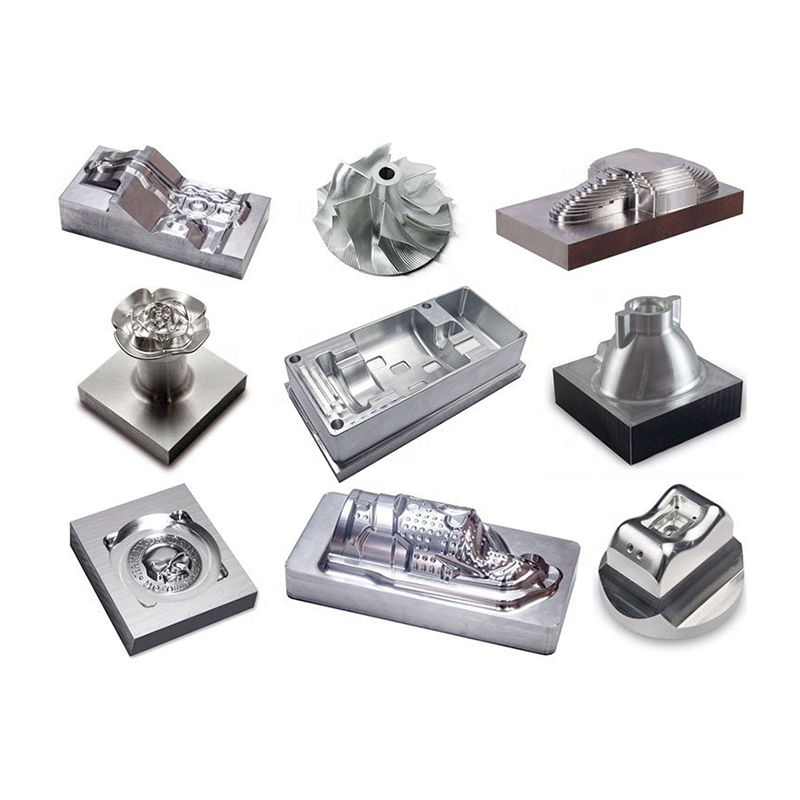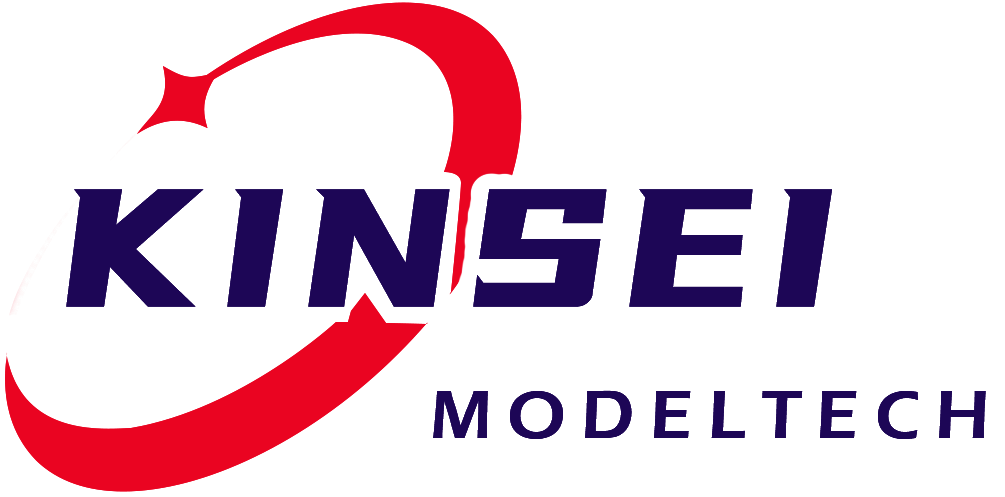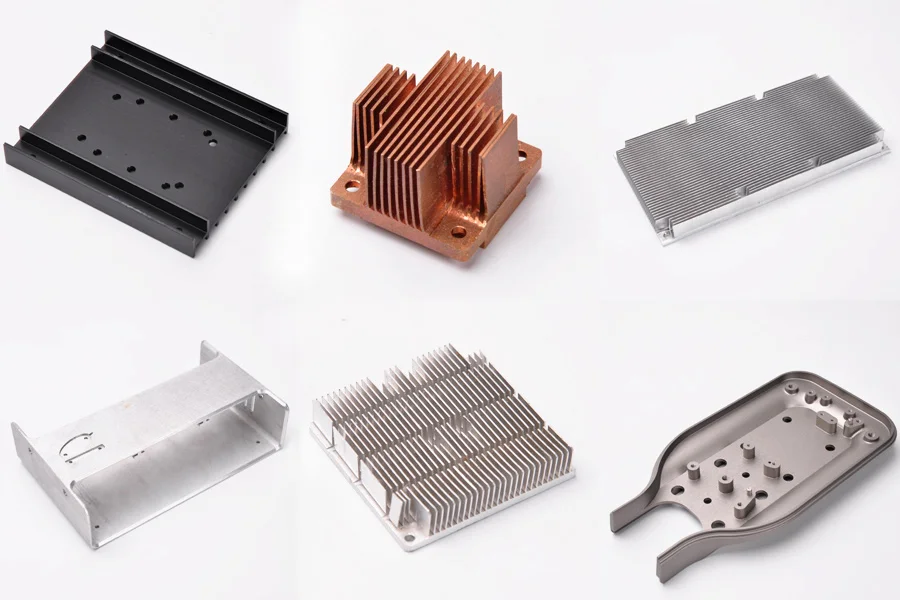Quality control points for DMLS prototyping manufacturing
In the DMLS prototyping manufacturing process, effective quality control is the key to ensuring the quality of the prototype. The following are several quality control points.

1. Material quality control
Material is the basis of DMLS prototyping manufacturing. First of all, the quality of metal powder must be ensured, including the particle size distribution, purity, sphericity, etc. of the powder. Uneven particle size distribution may lead to inconsistent sintering density and affect the mechanical properties of the prototype. High-purity powder helps to reduce the impact of impurities on the sintering process and prototype performance, while good sphericity can improve the fluidity of the powder and the uniformity of powder spreading, so the powder raw materials must be strictly tested.
2. Equipment parameter calibration
The parameters of DMLS equipment have a key impact on manufacturing quality. Parameters such as laser power, scanning speed, and scanning spacing need to be accurately calibrated. Too high laser power may cause local overheating, deformation or cracks; too low power may cause incomplete sintering. Appropriate scanning speed and spacing can ensure that the powder is fully melted and sintered, and ensure the density and strength of the prototype. Regular calibration of equipment parameters is a necessary measure to ensure quality.
3. Sintering process monitoring
Real-time monitoring of the sintering process is essential for quality control. By monitoring the temperature distribution, molten pool status, etc., abnormal conditions can be detected in time. For example, if the temperature is uneven, it may indicate uneven powder spreading or abnormal laser energy distribution, and should be adjusted in time to avoid defects and ensure the dimensional accuracy and internal structure integrity of the prototype.
4. Post-processing control
Post-processing also has an important impact on the final quality of DMLS prototyping. For example, the control of temperature, time and cooling rate during heat treatment will affect the microstructure and performance of the prototype. Machining accuracy and surface roughness control during machining are also factors that cannot be ignored, and strict process specifications must be followed.
Related news
2025-12-10








 Inquiry Hotline:
Inquiry Hotline:


